BY: Dr. Hana Saada
ALGIERS- Dec 21, 2023- Nestled within the undulating rugged hills of the Blidean Atlas, Chréa National Park emerges as one of Algeria’s hidden gems, especially during the winter months.
After Algeria gained independence, the expansion of the reserve, specifically in 1983, led to its classification as a biosphere reserve in 2002 by the International Coordinating Council of the Man and the Biosphere Programme (MAB) under UNESCO.
The Chréa National Park, located south of Algiers in the Blida massif, is a mountainous park known for features such as Monkey Creek, the Chiffa Gorges, the Fern Pass trail, and ancient cedar forests. This idyllic location, captivating in both winter and summer, showcases the dominance of nature. Chréa spans over 26,587 hectares, providing stunning views in various directions.
To the north, the park overlooks the lush plain of Mitidja, where the rich agricultural lands of the foothills and the Sahel anticline, traversed by the imposing gorge of the Oued Mazafran, create a puzzle-like pattern. The Djebel Chenoua mountains form a natural barrier perpendicular to the Blida Atlas, seamlessly blending into the Atlas chain and the Mediterranean Sea. Looking south reveals a plunging view of the Takitount anticline, Talakat Pass, the valleys of the Oueds Mektaa and Merdja, extending visibly in clear weather over the high plains of Titteri. Towards the east, the landscape unfolds to showcase the Bibans mountain range and the heights of the Djurdjura.
Chréa National Park, with its diverse panoramas and expansive dimensions, stands as a dreamlike destination to explore, where nature takes center stage in every season, offering a fresh and captivating perspective each time.

Winter Sports in the Tell Atlas
The Tell Atlas, known for its diverse landscapes, becomes a playground for snow enthusiasts during the winter season. The grotto of Chiffa stands as a testament to the region’s geological wonders, while the snow-covered slopes become an ideal destination for thrilling skiing adventures. Chréa National Park, with its pristine white landscapes, offers a surreal experience for those seeking winter sports in an African setting.
Flora and Fauna Amidst the Snow
Beyond its winter charm, Chréa is home to a rich variety of flora and fauna. The Atlas cedar forests create a picturesque backdrop, and the park is adorned with cork oak trees, holm oak, pine, and over 1100 different plant species, including trees, shrubs, and herbaceous plants. Cedar, green oak, cork oak, thuja, Aleppo pine, and various other species form the predominant vegetative components of the park. Notably, the park is home to 17 species of orchids, medicinal plants, mycological species, and lichens. Additionally, rare and endangered species like holly and yew add botanical uniqueness, with the Berberis, a plant favoring sunny slopes and hilltops, serving as a botanical curiosity.
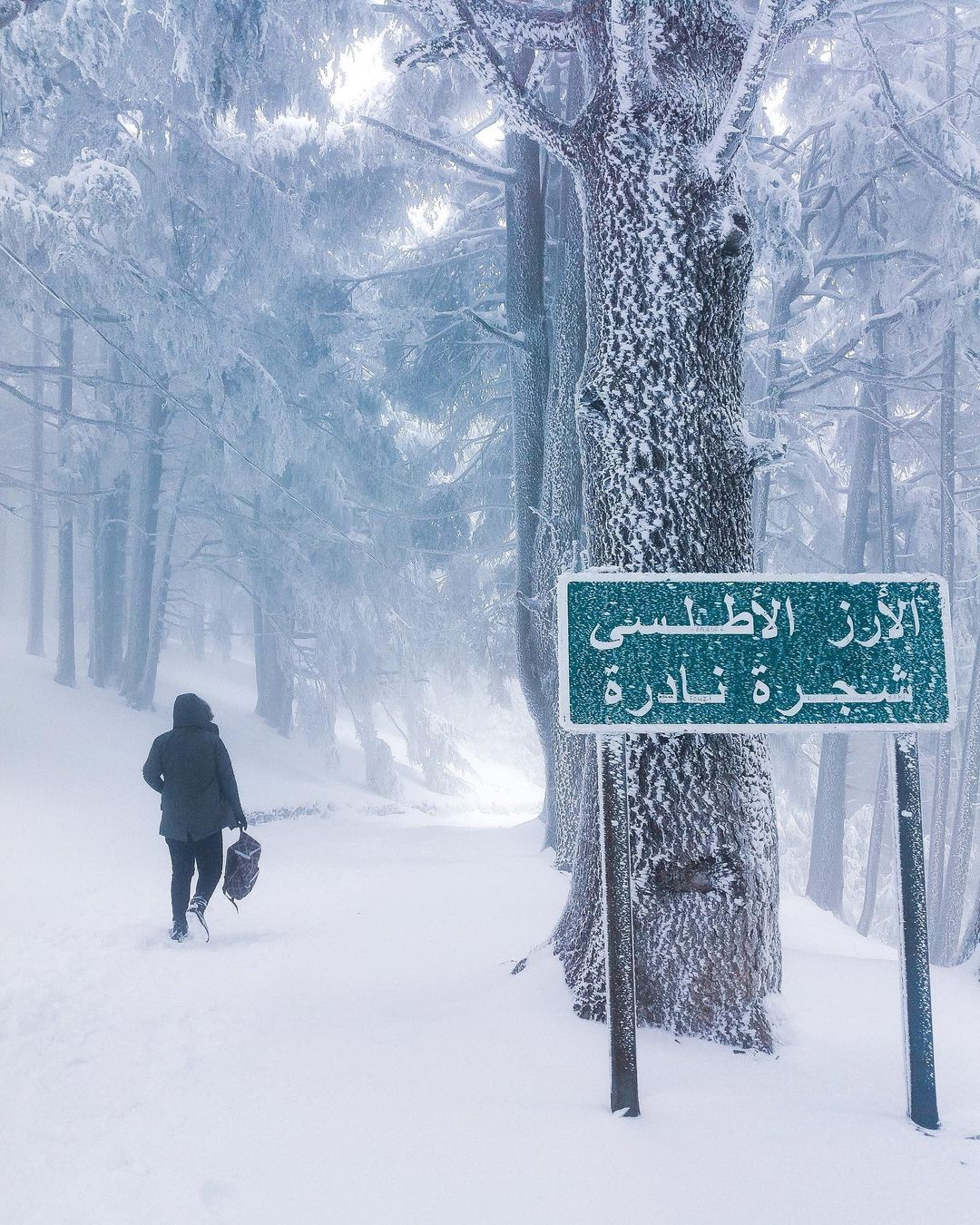
Chréa National Park hosts over 100 bird species and around twenty mammal species. Among the well-known mammals are the Barbary macaque, genet, lynx, striped hyena, mongoose, porcupine, golden jackal, fox, and wild boar. Otters and weasels remain rare or declining species. Birds of prey, including the golden eagle, Bonelli’s eagle, peregrine falcon, griffon vulture, and Egyptian vulture, are prominently represented. The park also features other vertebrates such as lizards and amphibians.
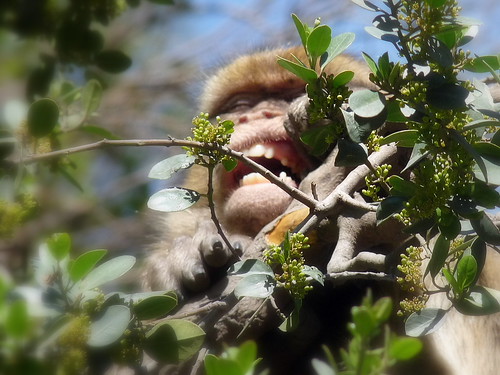
Noteworthy natural attractions include:
- The “Fern Pass” trail, following the mid-slope valleys.
- Peaks and sharp ridges located southeast of Douar Ima Alima.
- The surroundings of the Sidi Abdelkader path with century-old specimens and clusters of yew and holly mixed with cedars, creating splendid landscapes. Despite its compact size, Chréa National Park shelters remarkable wildlife. The Atlas cedar forest harbors the Barbary macaque, an endangered primate species. Thriving in its pristine habitat, this ancient primate makes Chréa a vital sanctuary. Recognized by UNESCO as a biosphere reserve, the park significantly contributes to the conservation of these unique species.
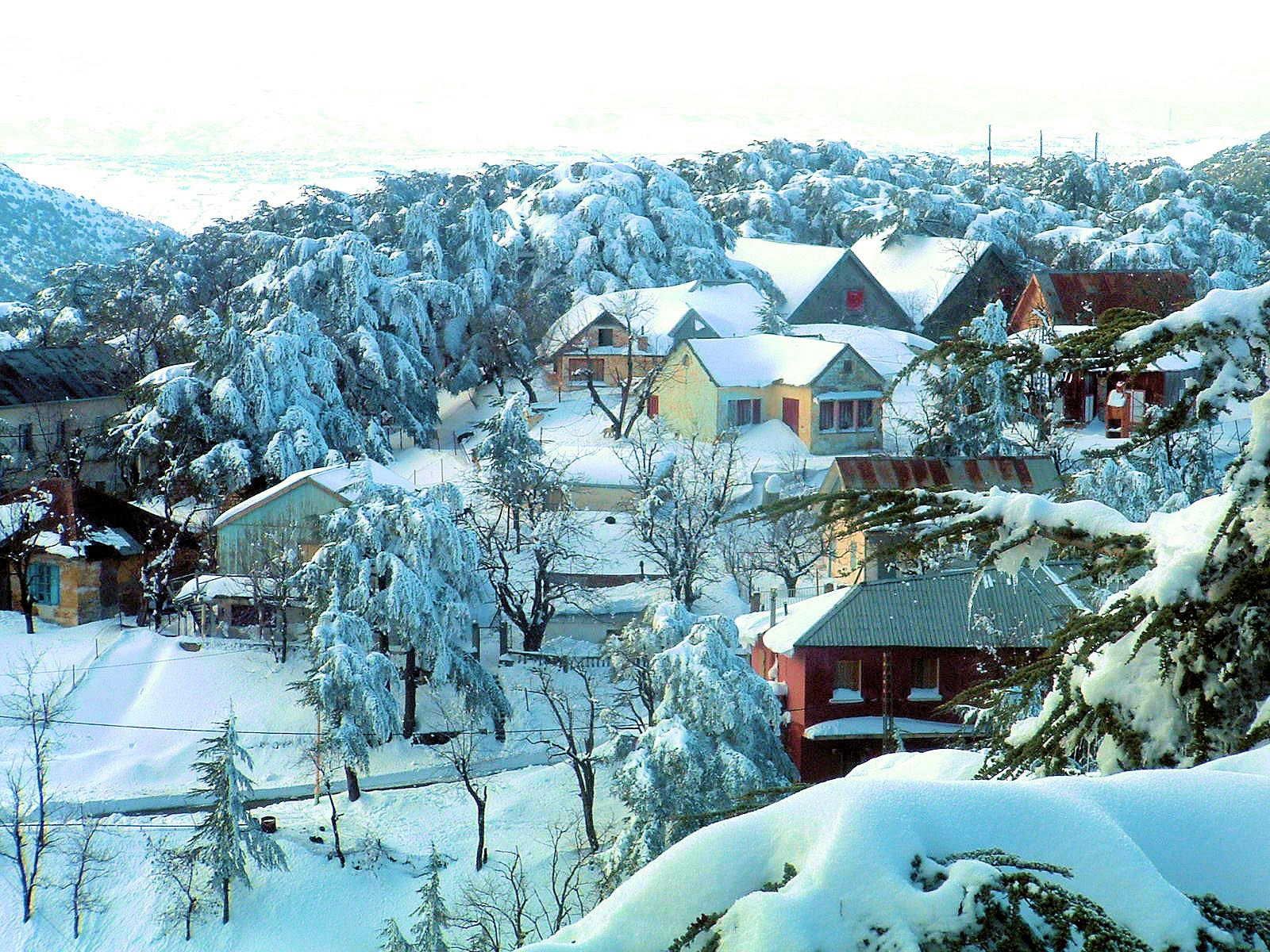
As snow blankets the landscape, Chréa National Park becomes a refuge for various bat species. The common pipistrelle, greater horseshoe bat, and lesser horseshoe bat take center stage. The agile flight of the common pipistrelle plays a crucial role in maintaining ecological balance by consuming thousands of insects each night.
The greater horseshoe bat, distinguished by its horseshoe-shaped nose-leaf used in echolocation, underscores the park’s commitment to biodiversity preservation. Contrary to common beliefs, bats like the greater horseshoe have an impressive lifespan, with some individuals living up to 30 years. Navigating through the snowy landscape, these bats contribute to the unique winter symphony of the park.
In the heart of a vibrant and lush ecosystem, these animals thrive amid dense trees, diverse vegetation, and flowing springs. This region has transformed into an open and diverse ecological museum throughout the seasons, attracting tourists from both the local and international communities. Visitors come to marvel at the picturesque landscapes, breathe in the fresh air, and relish the gentle breezes against the backdrop of flowing water and the melodious chirping of birds. Whether it’s the captivating scenes during the summer under the clear blue sky or the winter’s serene beauty when the snow blankets the mountains, turning them into a pristine white spectacle reminiscent of a charming bride – this area remains a haven for nature enthusiasts year-round.
Barbary macaque, scientifically known as “Macaca sylvanus”
The Barbary macaque, scientifically known as “Macaca sylvanus,” is a type of tailless monkey that has inhabited Algeria for centuries. It is commonly referred to as “Magot” or “Barbary ape.” The name “Magot” is derived from the Berber regions, inhabited by the Amazigh (Berber) people of North Africa, while locals also call it “Zaatout.”
This sociable primate, belonging to the Cercopithecidae family, lives in groups ranging from 10 to 100 individuals. The average size ranges from 56 cm to 63 cm, with males being larger than females. Their fur color changes with age, transitioning from dark brown to yellow, and their faces have a dark pink hue.
The Barbary macaque is primarily found in the mountainous regions of Blida, Jijel, and Djurdjura. It has been classified as “Vulnerable” by the International Union for Conservation of Nature (IUCN) and is listed under the Convention on International Trade in Endangered Species of Wild Fauna and Flora (CITES), making international trade of this species illegal.

As a herbivore, the Barbary macaque plays a crucial role in maintaining environmental balance. It faces few natural predators, with humans being its primary threat due to habitat disruption. International laws prohibit hunting and causing harm to Barbary macaques. Additionally, feeding them is discouraged to avoid interference with their ecological dynamics.
The population of Barbary macaques has declined in recent years, leading to their classification as a “Vulnerable” species in 2009. This emphasizes the importance of conservation efforts to protect this unique primate from further endangerment.

Accessible Winter Wonderland
Situated a mere 50 km from the bustling capital, Algiers, Chréa National Park offers easy accessibility for winter enthusiasts. Whether arriving by road from Algiers or taking advantage of airport shuttles and car hire services, the snowy haven of Chréa beckons, promising an unforgettable winter retreat just a stone’s throw from the city.

In conclusion, Chréa National Park invites winter adventurers to embrace the magic of snow in the heart of Algeria, where skiing, diverse wildlife, and enchanting landscapes converge to create an extraordinary winter wonderland.
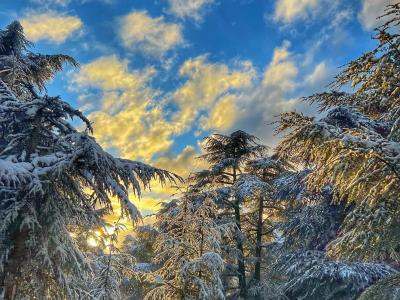
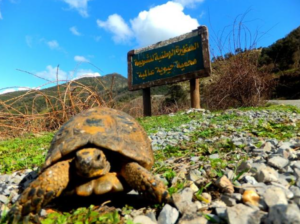


The Author’s Note:
Welcome to Dzair Tube English, your gateway to the enchanting tapestry of Algeria’s wonders! Our website proudly presents two captivating series designed to immerse you in the beauty and richness of this vibrant nation. In the first series, we unveil the hidden gems and tourist marvels that make Algeria a destination like no other. Join us as we explore the picturesque landscapes, cultural hotspots, and untold stories that showcase the diverse allure of Algeria. In the second series, we delve deep into the cultural treasures, heritage, and traditions that define the soul of this remarkable country. Our goal is to shed light on the rich tapestry of Algeria’s history and traditions, inviting you to embark on a fascinating journey with us. Come, be a part of this exploration, and discover the captivating allure of Algeria through Dzair Tube English.
Join us in the forthcoming edition… Stay tuned for our rendezvous in the next release!
Dr. Hana Saada
Link to the first issue:
Dzair Tube Media Group
Dzair Tube has firmly established itself as a prominent player among Algerian digital news sites, offering a diverse and enriching content experience. The platform, available in Arabic, French, and English editions, captures the attention of a wide-ranging audience, amassing over half a million daily clicks.
A testament to its commitment to excellence, Dzair Tube received the prestigious President of the Republic’s Award for Professional Journalist in the Electronic Press category on October 22, 2022. This recognition underscores the platform’s unwavering dedication to upholding the highest standards of journalism.
With a significant online presence, Dzair Tube boasts 350,000 subscribers on YouTube, over five million followers on various Facebook pages, and 450,000 subscribers on Instagram. Its digital channel has become a hub for diverse programming, covering news, sports, entertainment, culture, and religion, catering to a broad spectrum of audience preferences.
Equipped with state-of-the-art studios and advanced technology, Dzair Tube’s digital channel has garnered substantial viewership for its varied programs. Hosting interactive discussions with influential figures across different domains, the platform actively fosters public discourse and engagement. Beyond news coverage, Dzair Tube extends its commitment to the production of marketing documentaries, short TV commercials, and high-viewership programs.
The success of the print edition of Dzair Tube’s sports newspaper, “Dzair Sport,” further highlights the platform’s impact, with over 50,000 daily downloads from the official Dzair Tube website.
Recently honored with the Media Leadership Award from the Minister of Communication, Mohamed Laâgab, Dzair Tube continues to shape the landscape of Algerian digital news, maintaining a position of influence and impact in the media industry.





